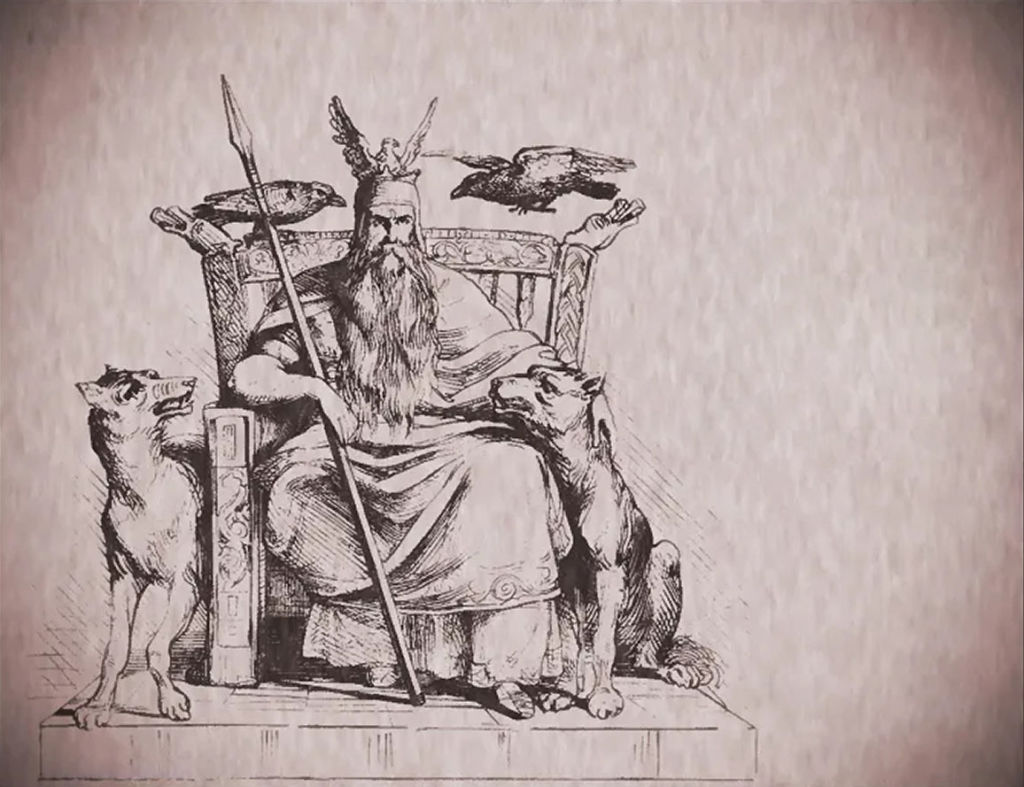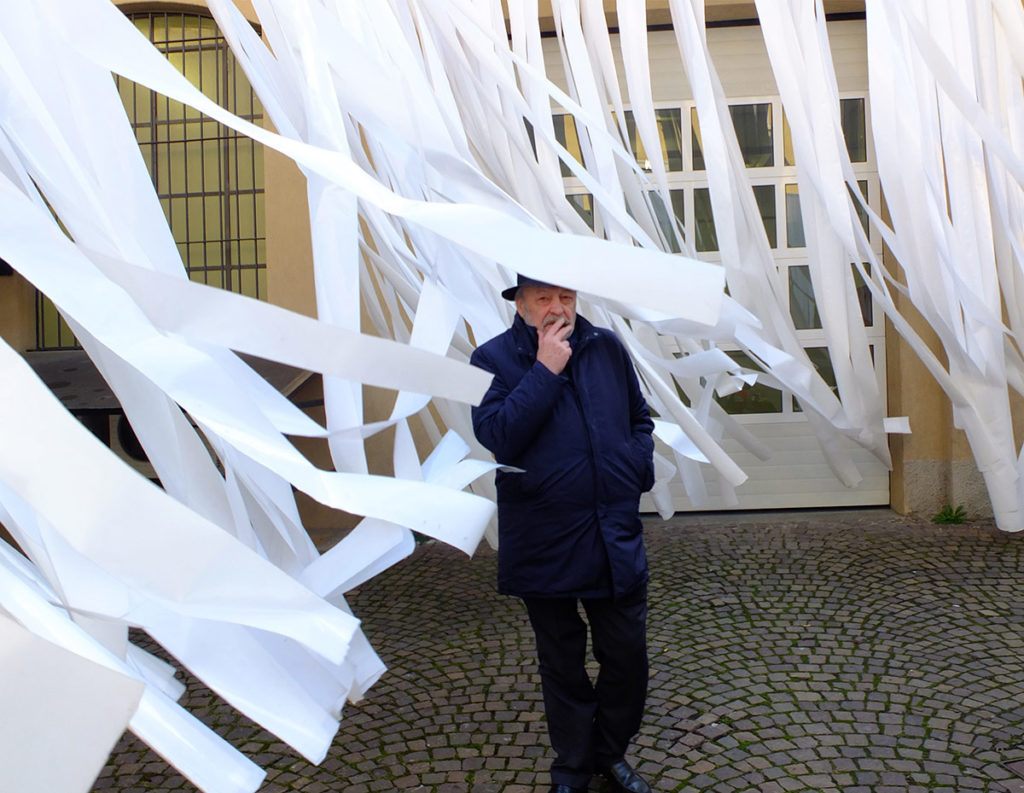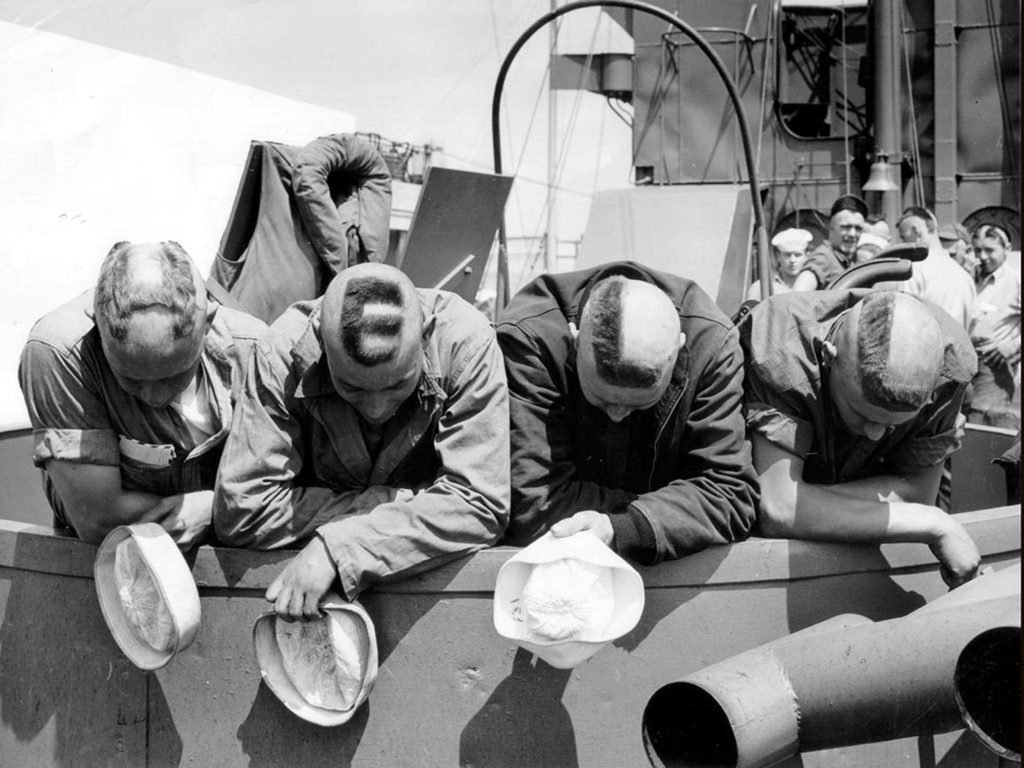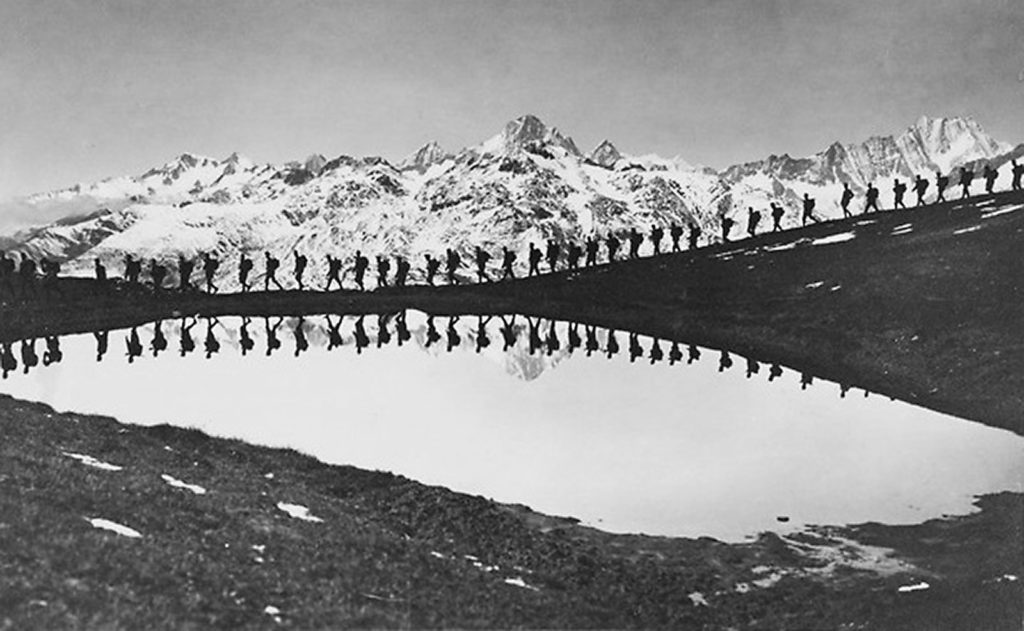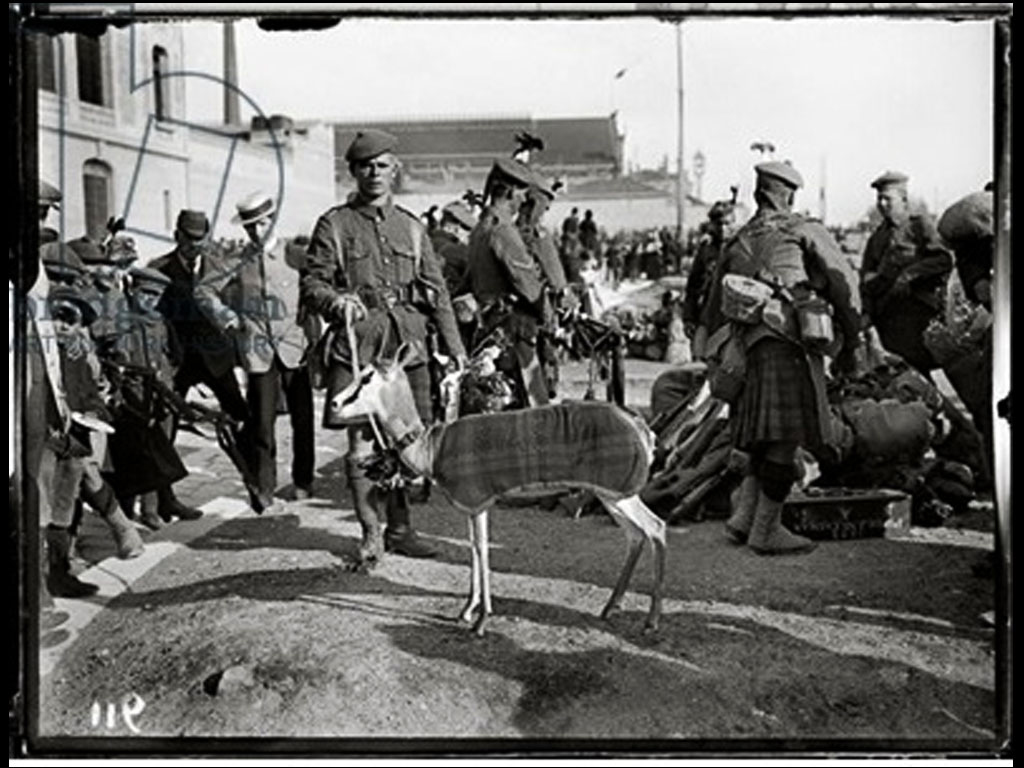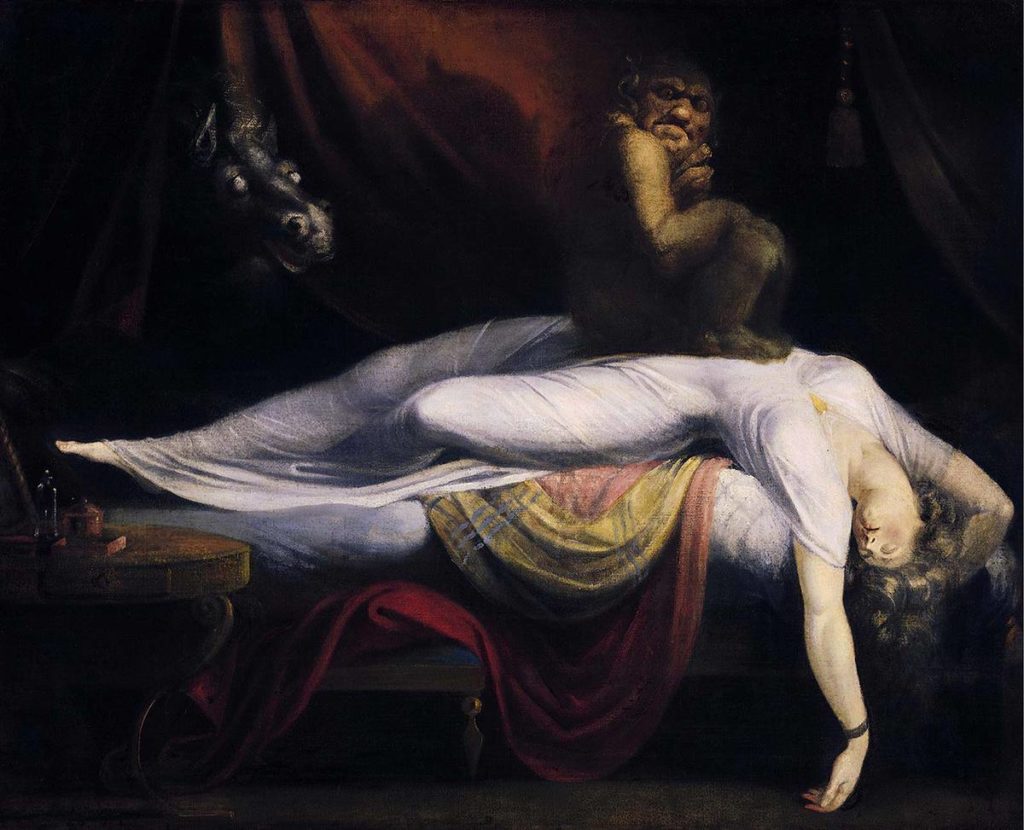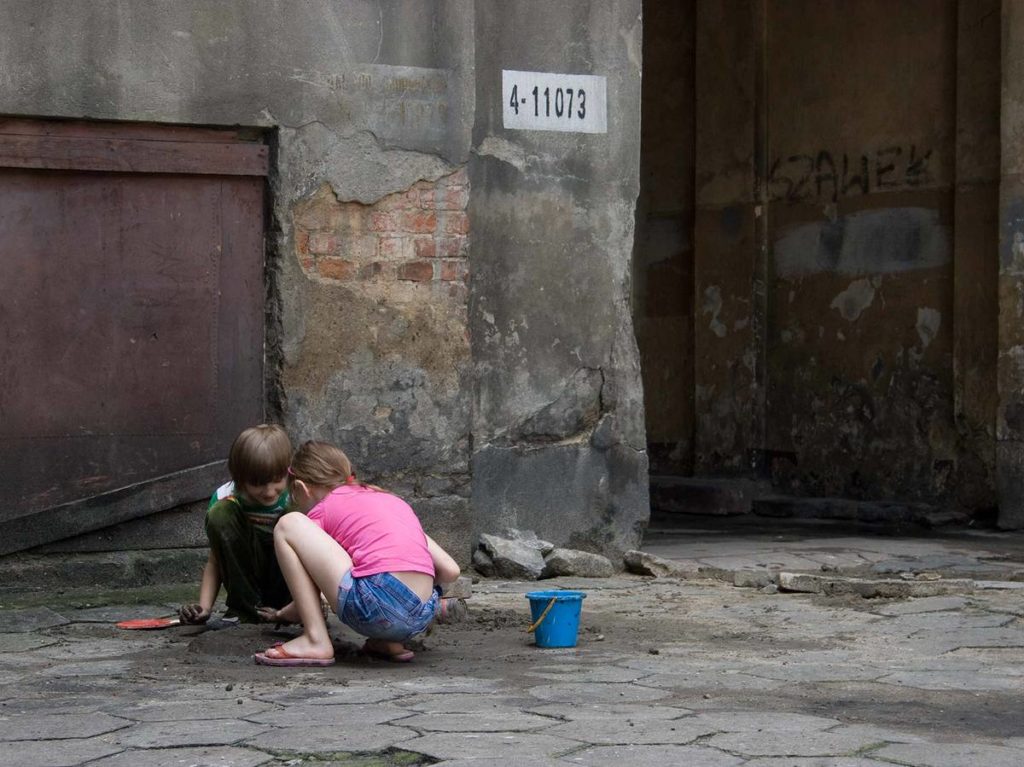In an essay based on psychoanalytical analysis of language, Patrizio Peterlini defines sound poetry as the territory of the jouissance. This jouissance comes across by little vocalizations or babbling, the dance of lips and the tongue. The poet’s physical presence is essential. The poem is an action amplified by natural and artificial sounds.
Jacques Lacan, L’étourdit, in J. Lacan: “Autres écrits”, Seuil, Paris, 2001.
Jacques Lacan, Lituraterre, in J. Lacan: “Autres écrits”, Seuil, Paris, 2001.
Jacques Lacan, Le Séminaire XIX “Ou pire…”, Seuil, Paris, 2011.
Namely in Paris where they were active artists in the same Lettriste group along with Altagor – creator in 1947 of “Metapoetry” and in the following year, “Absolute Discourse” that ended in 1960 – and Arthur Petronio, inventer of Verbophonie.
Pierre Garnier, “Position 2 du Spatialisme”, Les Lettres. Poésie Nouvelle. Revue du Spatialisme, 9th series n° 33, Editions André Silvaire, Paris, 1964.
Bob Cobbing, “The Shape and Size of Poetry”, in The Wild Came of Sight, Unreal Tiger Series, von Will Parfitt, 1970.
Bernard Heidsieck, “Poésie action, poésie sonore 1955 – 1975”, in FactotumArt 1, Factotum Art Edizioni, Calaone-Baone, 1977.
Arrigo Lora Totino, Previously unpublished text entitled “Dolce Stil Suono”, January 1981. Courtesy Fondazione Bonotto
Henri Chopin, ” Why I am the Author of Free Poetry and Sound Poetry”, in M. E. Solt: Concrete poetry: a world view, Indiana University Press, London, 1968.
Jacques Lacan, Le Séminaire XIX “Ou pire…”, Seuil, Paris, 2011.
Arthur Pétronio, Verbophonie, Les Lettres. Poésie Nouvelle. Revue du Spatialisme, 8me série numéro. 31, Editions André Silvaire, Paris, 1963.
Liberated voice, of course, but from what?
Since this is about poetry, the formal constraints of verse and metrics, against which almost all twentieth century poets have intensely struggled, immediately come to mind. In this manner, it would be a stylistic liberation whose goal is to attain a more direct, true and free form of expression.
But if we are speaking about sound poetry, in reality, we realize that besides metrics and verse, we have been relieved of words and signification. In fact, sound poetry has made sound alone, emitted from the place of articulation, its specific element of creation and expression.
The tendency to cancel signification in favour of pure sound, inherent to this poetic research, has indeed led many of its practising poets to definitively abandon “saying” and to propose poems composed of babbling, murmurs, claps, cries and whispers. An infinite series of noises and sounds emitted by the poet, often without attaining the formulation of a real word, but that nevertheless retain expressive and communicative qualities.
An action poem is expressed through, in and on the poet’s body.
Between LETTER and LITTER
Abandoning the word and paying attention to the desire for expression behind it seems to me to be linked to a sentence by the psychoanalyst Jacques Lacan: “What one says remains forgotten behind what is said in what is heard.”
This sentence in the text entitled “L’étourdit”1 (1972) introduces an opaque element at the foundation of the word. If there is something to be said, an urge to say, therefore a form of Jouissance linked to the object-cause of saying, it remains forgotten. The transmitted Signified, which engages us in a work of comprehending the actual meaning of what is said, obscures the true urgency of saying. Urgency that reappears in the “timbric” and phonic components, essentially in the sound of the voice.
In order to approach this theme, I will start off with a text written one year before “L’étourdit”: “Lituraterre” (1971).2
This neologism invented by Lacan combines the Latin term LITURA, meaning ERASURE or LIGATURE, with the term TERRE (earth). A play on words on LITERATURE. A pun that amplifies James Joyce’s LETTER and LITTER.
In “Lituraterre”, Lacan evokes the genesis of text, describing his return from Japan by plane, flying through clouds from which he could see the Siberian landscape eroded by rain.
Lacan affirmed that the clouds were language, clouds of the Semblant, which, when broken, cried tears of Jouissance. That is: when the Signifier breaks, its content condenses.
And when this rain of Jouissance falls to the ground, it digs into, erodes and produces letters and writing. The “Letter-Littera” is nothing other than the sign of Jouissance contained in the Semblant. Breaking away from language thereby produces something remaining outside of meaning that makes a hole: Jouissance.
Why am I referring to “Lituraterra”?
Because in this text Lacan refers to avant-garde literature as the only place where this question is proposed.
Meaning that avant-garde literature is littoral, an undefined frontier site, where the letter is the coast line between Knowledge and pleasure.
To fully appreciate the implications of the usage of the word “littoral”, I refer to Lacan’s text.
Renewal of poetic language
In the Seminar XIX “Ou pire…”,3 which constitutes the backdrop to the text “Lituraterre,” Lacan referred to Chinese as a language that introduces a value of the letter set aside from its meaning: writing in which the singular gesture of the hand erases the universality of the Signifier. This value is set up front precisely as a reference to the Real, and is confirmed in the tradition of calligraphy as an art.
If we are speaking of calligraphy and ideograms in relation to avant-garde literature, Ezra Pound immediately comes to mind, with his “Cantos” and the way they influenced the birth of experimental avant-garde poetry, including sound poetry.
Experimental avant-garde poetry arose from a declared intention to renew poetry. Or rather, to revive poetry that was already considered dead in its classical linear form, once its form and language were depleted.
The intention here is therefore to profoundly renew poetic language in order for it to go back (or maybe begin?) to say something real about the subject.
Essentially, the intention is to cancel the effect of alienation inherent to language itself.
The issue remains the same: relationships between human beings and language.
Language determines the essence of human beings but, inexorably, also alienates them. Lacan’s “parlêtre” (speaking being) describes these strange animals who have the discretion to speak. But are we then free to speak?
We could, of course, remain silent, but this would not signify that we are not continually submerged in language. Humans, as “speaking beings,” are steeped in this symbolic universe that determines who we are. We cannot escape from this.
Therefore we are neither free to speak, nor free to be silent, because even our silence is words, as demonstrated by the poet Eugenio Miccini in a great number of his works. We are conditioned, influenced and mandated by language.
Pierre Garnier, Anthropology – 1963
Julien Blaine, Conversations brésiliennes – 1978
Bob Cobbing, 15 Shakespeare-kaku – 1974
Beyond social conventions
Born in the late fifties from the encounter between the phonetic experiments of the first avant-garde movements with tape-recording technology,4 these techniques offered new spaces of expression to poets.
Pierre Garnier, visual and sound poet, creator of spatialist poetry, in his manifest “Position 2 of Spatialism” (1964), wrote that these techniques approach “a new domain that we have discovered beyond the conscious and the unconscious, somewhere at the source of breathing and corpuscules, where our organs the eye and the ear function only as means of regulation and (cybernetic) control in the conception of poetry.”5
In 1962, by changing the speed while recording his interview with elephants, Julien Blaine proposed a translation of elephant language. The latter could not be transcribed in normal speed and thereby took on a value of universal vocabulary.
Bob Cobbing, one of the first English poets to devote his work to this research, wrote in “The Shape and Size of Poetry” (1970): ” Sound poetry … is partly a recapturing of a more primitive form of language, before communication by expressive sounds became stereotyped into words, when the voice was richer in vibrations, more mightily physical. The tape recorder, by its ability to amplify and superimpose, and to slow down the vibrations, has enabled us to rediscover the possibilities of the human voice, until it becomes again something we can almost see and touch. … Gone is the word as word, though the word may still be used as sound or shape.”6
Bernard Heidsieck, in “Action Poetry, Sound Poetry 1955 – 1975” (1975) wrote: “Through this poetry – beyond words and sounds or through physically grasped and retransmitted sounds and words – an immediate electric shock comes across or should come across, transcending the usual standards of communication. From then on a very wide span of possibilities opens out.”7
The possibility of recording and manipulating the voice was made possible through technology, and thereby lead to the hope for the return to pure language. A sort of mythical pure language in which the coincidence between what is said and the Thing exists.
Arrigo Lora Totino, the father of Italian sound poetry, wrote in a previously unpublished text in January 1981: “Sound poetry rediscovers the total act of speaking, that humans use with unlimited freedom, beyond the obstacles of metrics and writing, capturing these psycho-physical, expressive ‘events’ that the ‘standardized’ voice of social conventions tends to dissimulate, as if it were a pudenda that shouldn’t be shown. Because sound poetry is Dionysian rather than Apollonian, it is the syncopated rhythm of the phonemes inside the word, spasms, babbling and effort, lapsus linuae, a dance of the lips, tongue, teeth, glimmer and vocal chords; because behind the veil of ‘correct’ speech lies the origin of language in the amorphous world of the scream, or the ancestral groan.”8
The veil of the word must be torn in order to have direct access to the Thing.
Henri Chopin, whom Bernard Heidsieck considered to be the inventor of sound poetry, gave the most radical and explicit explanation of this concept. In his famous text entitled emblematically “Why I Am the Author of Sound Poetry and Free Poetry” (1967), and I emphasize the word free, Chopin referred to language as Verb and wrote: “The Verb (…) created inept SIGNIFICATION, which signifies differently for all of us unless we let it be and obey, and if it often imposes multiple points of view that never adhere to the life of one person and we accept it for lack of anything better, how then can it be useful to us? My answer is: not at all. (…) The mimetic human sound does not explain anything, it transmits emotion, suggests exchanges and affective communication; it does not make things precise things. And I’d say that the act of love of a couple is precise, voluntary, if it doesn’t explain itself!”9
The goal is therefore to discover or rediscover a pre-language language.
Something that came first, that was generated and in direct contact with the Real.
Which brings us to Lacan’s famous sentence: “That one might be saying remains forgotten behind what is said in what is heard.”
“That one might be saying”: designates the intention that exists in saying, what drives us to speak, and the desire caused in us as speakers. This is what Lacan defines as the enunciation or the Real of the unconscious message.
“Remains forgotten behind”: reminds us that “what is said” doesn’t interest anyone, taken as we are by the concrete character of the signified elements directed towards us.
“What is said”: is the signifying chain addressed to us; it is, strictly speaking, the utterance.
“In what is heard”: meaning the significant chain we take at face value – captured by the viscosity of the words’ meaning that starts off by tricking us with their imaginary aspect.
Arrigo Lora Totino, Audiotettura Solo-tutti – 1965
Henri Chopin, Sol Air – 1961
The dissolution of language
To come back to sound poetry, the first part of Lacan’s famous sentence is brought forward. The “that one might be saying” that expresses drive, the urge and the emitting source of the message.
I am explicitly referring here to the development of the last lesson on the 21 June 1971 in the Seminar XIX “Ou pire…” entitled “Bodies caught by discourse”10 (seminar that constituted the writing backdrop of the two abovementioned texts, in which this sentence is reformulated as such: Where am I in “saying”? Before articulating a word, even before there is a message to transmit, there is the drive, the urge and the need to say. In substance: the Real of the subject is eclipsed at the time when it articulates a Signifier that, more than just representing it, takes its place in a discourse.
In 1963, Arthur Petronio wrote in the Point 11 of his “Verbophonie” manifest: “The criterium of all true poetry is not the written or signified presence of the poem, but what is revealed beyond the physical aspect of the word and the biological disturbances-echoes it produces in the unconscious.”11
Consequently, true poetry for Petronio has a lot to do with the Real. Language is a disturbance with biological, psychosomatic resonances, but the substance that distinguishes a TRUE poem from another comes from what is revealed of the subject’s Real, and how this is revealed in the receiver’s unconscious.
According to the sound poets, the poetic function lies in what precedes language and not in the message, as indicated in Jacobian theory.
Meaning in the drive and the desire that take place in us as speaking beings.
The Real is brought forward, for the first time in the art world, by sound poets, through the dissolution of language.
In fact, the tendency to cancel signification in favour of pure sound, inherent to research in sound poetry, has brought many poets to begin their research by seeking all the sounds formulated by the place of articulation, and then abandon “saying” in order to propose a poem that is pure physical presence, a pure act.
Arthur Petronio, Cosmosmose (excerpt) – 1979
Action poetry
The poet’s physical presence is essential, even fundamental, because the possibility of a new form of poetry and expression is based upon it.
Then, as this evolves, action poetry happens through the poet’s body, in and over the poet’s body.
“Poetry in flesh and bones, à cor(ps) et à cri,” as expressed by Julien Blaine.
Now, mooring into performance and using the body while indicating an anchorage on the littoral, meaning the abovementioned undefined zone on the border between knowledge and Jouissance, raises a new urgent question like a short circuit.
Sound poetry and action poetry (which could be extended to performance) present two contrasting and rather antithetic patterns.
We have desire, on one hand. The desire to say, the tension to say, the tension towards the other and the desire of the other. As demonstrated above, exalted by the accent of the inherent possibilities of “that one might be saying”.
On the other hand, we have Jouissance. Jouissance in babbling and the dance of the lips and the tongue that presents itself like all forms of independent, autistic, self-referential, closed Jouissance. Jouissance does not need the other.
The ostentation of Jouissance inherent to sound poetry and action poetry constitutes not only an obstacle for the practitioner, the poet, as we may observe in the obvious psychotic excesses of certain performances, it also creates an obstacle for the spectator, dazzled by the nonsense manifested during the sound-poetic manifestation.
In both sound poetry and action poetry, however, a new form of writing exists. Recording on magnetic tape (now on digital medium) as far as sound poetry is concerned.
For action poetry, bruises, and the dirt on clothes and bodies.
And this brings us back to Lituraterre, where the rupture in the clouds of the Signifier provoke rain of Jouissance inscribed in the ground as pure action writing or incision, in the simple presence of the poet’s Jouissance and his insignificant action. Meaning it is a-signified, beyond the Signified, but also signified because it is inevitably linked to the object that insists and persists as a pure form of the Real.
Translation by Emmelene Landon with the help of Wolf Bogdan
Cover: © Anette Lenz


